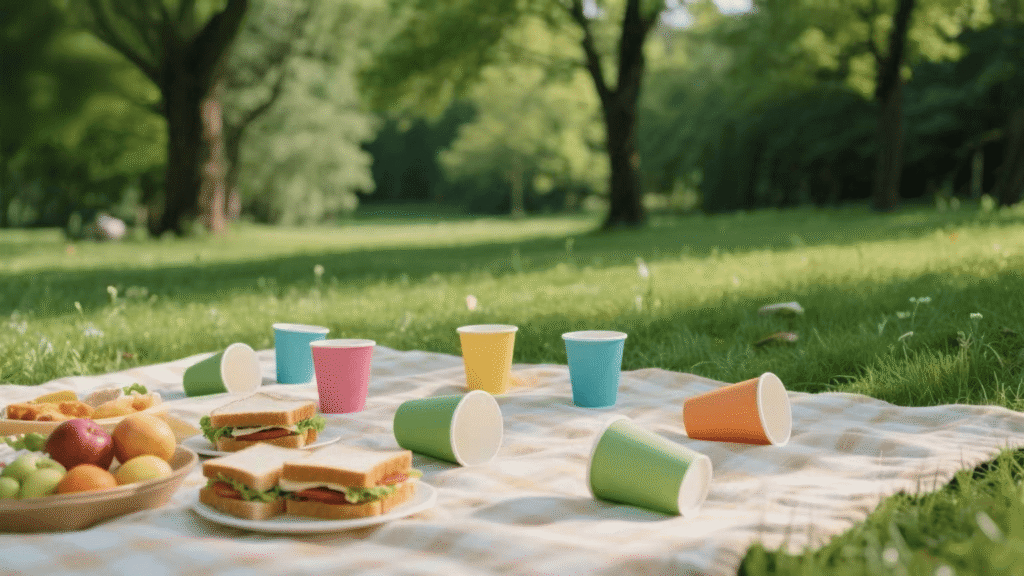Every day, millions of people use disposable cups1 without thinking about them, yet they keep our drinks safe, our routines fast, and our businesses running smoothly.
Disposable cups are important because they provide convenience, hygiene2, and portability, making them essential for takeout services, events, offices, and public spaces.
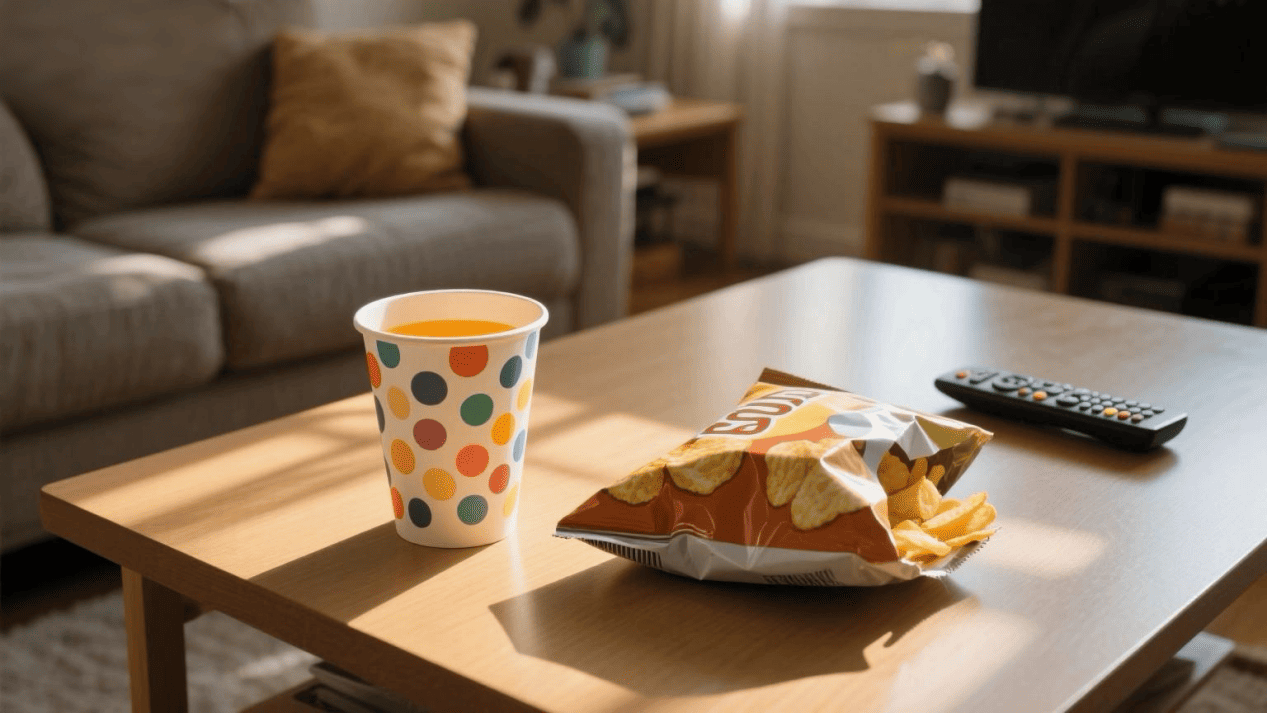
When I talk to café owners, busy commuters, or event planners, they all agree on one thing—disposable cups1 save time and protect health. They prevent cross-contamination, reduce washing needs, and keep drinks fresh during travel. In a fast-moving, urban lifestyle, they are an unseen yet vital part of our day.
What is used for making disposable cups1?
Many people assume disposable cups1 are made of plain paper, but they usually have more than just paper inside.
Disposable paper cups are made from food-grade paper3 with a thin PE or PLA lining to make them waterproof and safe for hot or cold drinks.
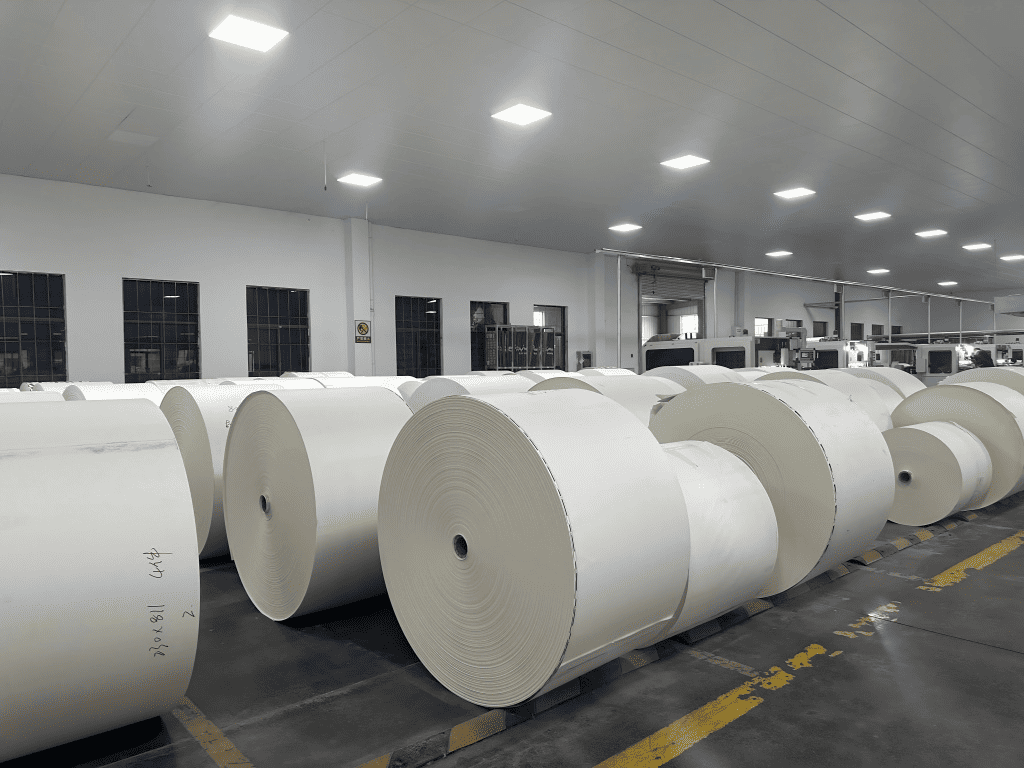
When I work with factories, we select materials that match drink type, temperature, and eco goals:
| Component | Material Option | Purpose |
|---|---|---|
| Paper base | FSC-certified virgin paper | Structure, strength |
| Coating | PE (plastic) or PLA (plant-based) | Leak-proofing |
| Printing ink | Food-safe, often soy-based | Branding, design |
For example, PLA-coated cups are popular in eco-conscious markets4, while PE remains a cost-effective choice. Selecting the right material affects both product performance and environmental impact.
What is the famous disposable cup design?
Some cup designs have become cultural icons, instantly recognizable in cafés and on streets.
The “Anthora” cup, with its blue and white Greek-style print, is one of the most famous disposable paper cup designs, originally popularized in New York City.
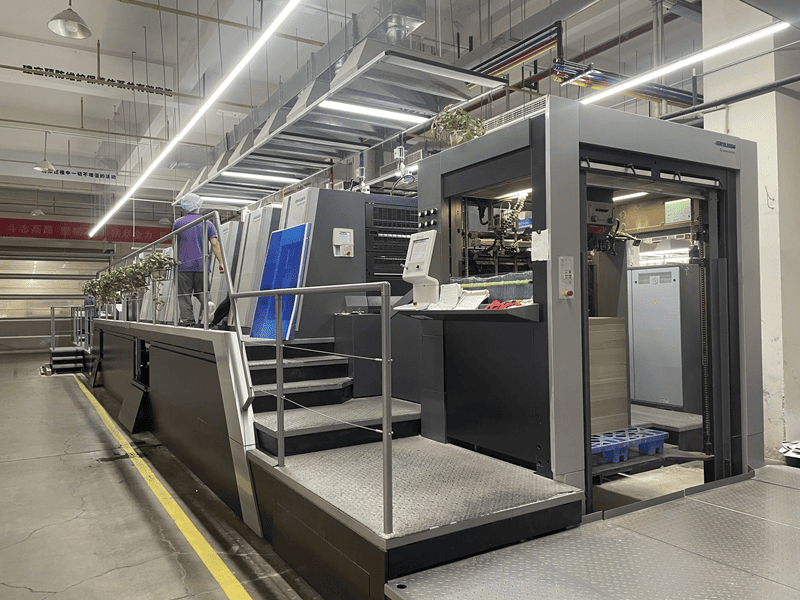
When I studied cup design trends, I found that certain prints can boost recognition and even become collectibles. The Anthora design, with the phrase “We Are Happy To Serve You,” appeared in countless TV shows and movies. Today, many brands imitate its branding5 strategy—using consistent, distinctive artwork to create an emotional link with customers.
| Design Approach | Example | Impact on Brand |
|---|---|---|
| Cultural reference | Anthora New York cup | Local identity |
| Minimalist branding5 | Starbucks white cup | Global consistency |
| Seasonal/limited art | Holiday-themed prints | Engagement, excitement |
I always tell clients—choose a design that customers will remember instantly when they hold or see your cup.
What is used to print on cups?
Printing on cups is not just decoration; it’s also a branding5 and safety process.
Disposable cups are printed using food-safe inks, often soy- or water-based, applied through flexographic or offset printing methods.
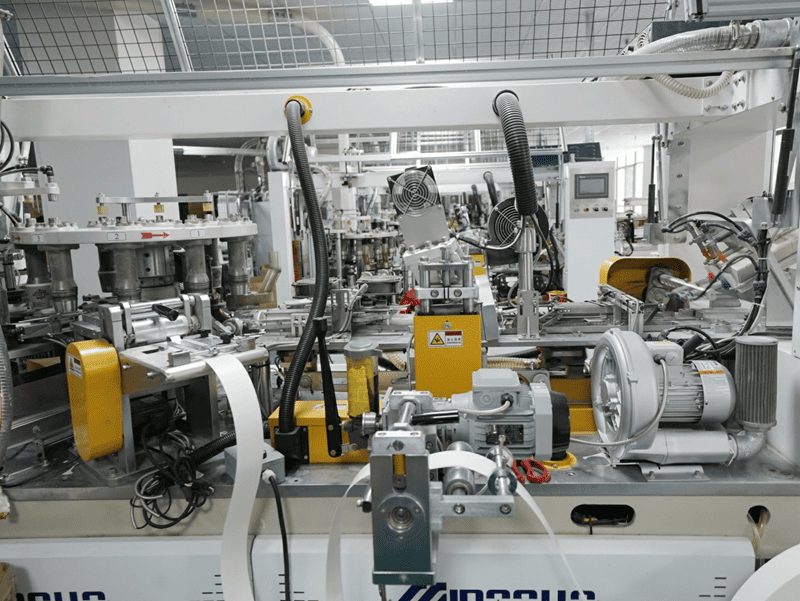
During my factory visits, I see how printing is usually done before the cup is formed. This allows the full artwork to be pressed onto the flat paper sheet, coated for protection, and then shaped into cups.
| Printing Method | Ink Type | Benefit | Common Use |
|---|---|---|---|
| Flexographic | Water-based ink | Fast, high volume | Large production runs |
| Offset printing | Soy-based ink | Sharp, colorful prints | Premium custom cups |
| Digital printing | Food-safe toner | Flexible, small orders | Short-run designs |
This is where branding5 really comes alive. A well-printed cup tells customers your story before they take their first sip.
Conclusion
Disposable cups matter because they combine function, safety, and branding5 into one simple product, shaping everyday moments from the coffee break to the quick drink on the go.
I can now format this content into a professionally styled Word document with proper headings, tables, and embedded images so you can use it directly for your blog or marketing materials.
Do you want me to send you the Word (.docx) version of this article next? That way, you’ll get it ready for print or digital publishing without extra editing.
1.Explore how disposable cups enhance convenience and hygiene in our fast-paced lives. ↩
2.Learn about the role of disposable cups in preventing cross-contamination and promoting health. ↩
3.Discover the materials that ensure safety and quality in disposable cup production. ↩
4.Learn about sustainable materials like PLA that cater to environmentally aware consumers. ↩
5.Find out how effective branding strategies can enhance customer recognition and loyalty. ↩
